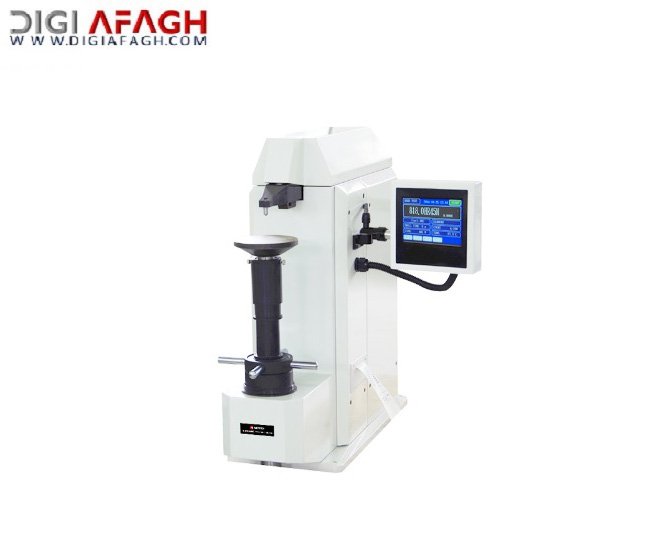
دستگاه کنسول سختی سنج راکول MHRS-150T
Mitech MHRS-150T Cantilever Rockwell Hardness Tester
- برند : شرکت MITECH
- دسته بندی : تجهیزات سختی سنج


سختی سنج Rockwell Mitech MHRS-150T، که به عنوان سختی راکول دوتایی دماغه محدب نیز شناخته می شود، بر اساس اصل مکانیکی الماس مخروطی یا فرورفتگی آلیاژ سخت فشار بر روی سطح نمونه برای ایجاد فرورفتگی، تشخیص سختی مواد با اندازه گیری عمق تورفتگی با ظاهر جدید، عملکرد پایدار، عملکرد صفحه لمسی آسان و نظارت بر زمان واقعی دمای محیط آزمایش، می تواند مشکل حلقه، لوله، سطح قطعه کار نوع شیار، سطح قطعه کار محدب را حل کند در حالی که دیگر سختی سنج راکول عمومی نمی تواند الزامات تست سختی قطعه کار راکول را اندازه گیری کند. به طور گسترده ای در پردازش و ساخت فلزات، تجزیه و تحلیل شکست مواد فلزی مختلف و زمینه های دیگر مانند کالج ها و موسسات تحقیقاتی استفاده می شود، و تجهیزات دقیق و با تکنولوژی بالا برای آزمایش سختی مواد فلزی راکول است.
Function & application
l Used for quality control in metal processing manufacturing
l Used for failure analysis testing of metallic materials;
l Demonstration experiment for education and teaching in Colleges and Universities;
l Hardness testing of materials in scientific research institutions
Working Principle
The Rockwell hardness test is taking the diamond cone with 120°apex angle or the hardened steel ball with specified diameter as the indenter to press into sample surface with specific test force, then get the Rockwell hardness of the measured metallic materials according to the sample surface indentation depth.
The Rockwell hardness measurement principle is shown as below figure. 0-0 is the position that the diamond indenter is not yet in contact with the sample. 1-1 figure is the indenter position under the affect of the preliminary test force, the indentation depth is h1. The preliminary test is to eliminate the influence to the testing result accuracy caused by the roughness of the sample surface. 2-2 in the figure is the indenter position under the influence of the testing force (the preliminary test force and the main test force). The depth is h2. 3-3 in the figure is the indenter position after dismounting the main test force. As the metal elasticity will recovery some degree after deformation, the really indentation depth of the indenter is h3. The plastic deformation caused by the main test force make the indenter pressing into the depth is h=h3-h1. Rockwell hardness value is determined by the size of h, the greater the depth h, the lower the hardness, otherwise, the higher the hardness.
In the traditional concept, usually use a constant C minus h to represent the level of hardness, while the depth of indentation per 0.002mm as a unit of hardness. The hardness value obtained is called the Rockwell hardness value, denoted by the symbol HR.
In the formula, c is a constant (for HRC, HRA, c is 0.2; for HRB, c is 0.26). The Rockwell hardness value HR obtained is an unknown number which is usually read directly on the test machine indicator when testing.
It should be noted that the measured hardness values would be different with different indenter and test force. Therefore, the Rockwell hardness testing specifies 15 different hardness test scales according to the different indenter specification and test force sizes. And the HRB, HRC, HRA are the most widely used.
Working Conditions
l Operation Temperature:10~30℃;
l Relative Humidity:≤65%;
l The surrounding environment should avoid of vibration, strong magnetic field, corrosive medium and heavy dust.
Instrument Features
l Widely used in the ring, tube, groove type workpiece surface, it can test the convex parts of the workpiece and the
workpiece Rockwell hardness and surface Rockwell hardness that other general Rockwell hardness tester can not
measure;
l Adopt large-screen LCD, easy to operate, visually display the test results;
l Equipped with excellent performance of cemented carbide or diamond indenter, high hardness, wear resistance, good
toughness, with high temperature, corrosion resistance, to ensure that the instrument test value is accurate, stable and
reliable;
l With the function of error value correction, the hardness value of the error can be automatically modified by key input,
easier to meet the test accuracy requirements;
l Support the conversion among various hardness scales such as Brinell, Vickers and etc;
l With the function of threshold overrun automatic alarm, which applies to the bulk of finished products or semi-finished
pieces of paper-by-piece detection;
l Option for various specifications of the indenter, support 15 types of Rockwell hardness scales testing;
l The function of original ambient temperature real-time display can avoid the instrument working in the case of high or low
temperature for a long time , resulting in increased test error and reducing the service life;
l Equipped with high-speed thermal printer, real-time print test results;
l Consistent with EN-ISO-6508、GB/T230.1、GB/T230.2、JJG112、ASTM E18 and other relevant standards at home and
abroad.
Operating Method and Attentions
Instrument Maintenance
l The test personnel should follow the operating procedures.Before and after the test,it should be repeated with standard
block calibration equipment;
l The hardness value needs to be corrected when the measured surface specimen is less than 38 (25) mm.
l If the specimen has visible deformation marks on the back and edges, the test result would be useless. It should choose
the intender or test force to test again;
l Normally, the first point is only used to offset the gap of each support surface without needing to record the test result.
Record the statistical test result from the second point;
l During testing, to ensure accuracy, please make sure the distance between the adjacent indentation center and the
distance from the indentation center to edge of the specimen is greater than 3mm;
l Pay attention to palm the instrument for carrying to forbid falling across. Please fix well the measuring lever, counterweight
and boom before carrying;
l It is strictly prohibited to turn the variable loading handwheel when the instrument load or unload the test force. Rotating
the handwheel forcibly will cause the internal gear dislocation, test force in chaos and even damage the internal parts of
the instrument;
l Turn off the power after using the instrument;
l When not in use for a long time, please cover the dust cover to prevent dust into the instrument interior. And the
hardness block, indenter should be coated with antirust oil to prevent rusting after using;
l Long time after the re-enabled,it should be preheated the electrical components before test
l The hardness tester should be calibrated at least once a year to ensure its accuracy.
.svg.png)
فروشنده : آفاق تجهیزات آزمایش

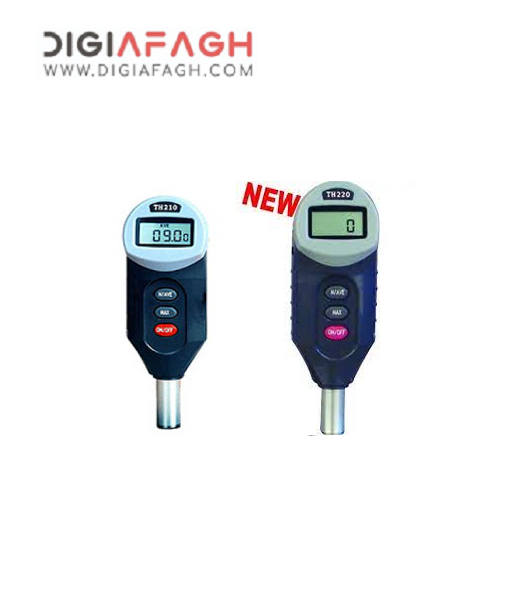
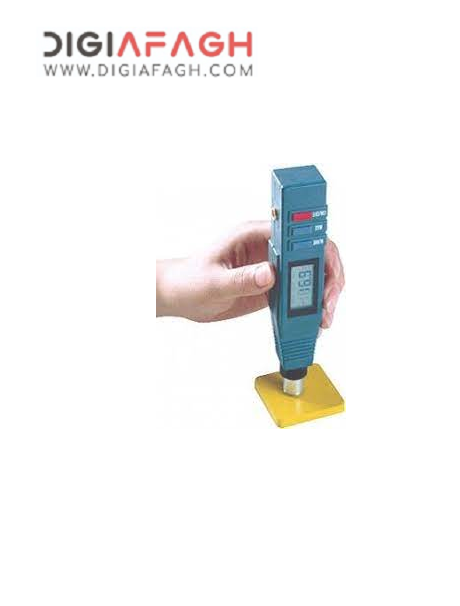
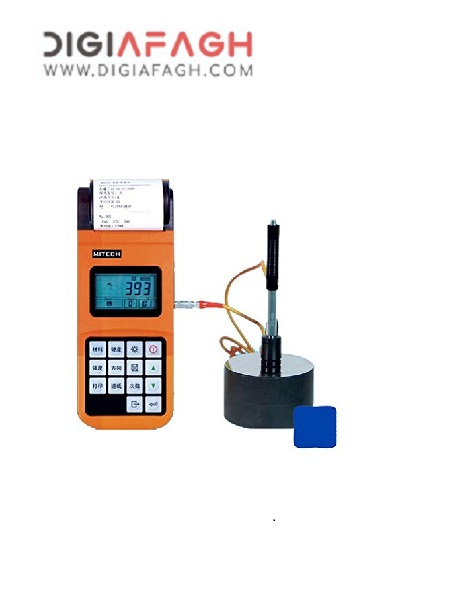
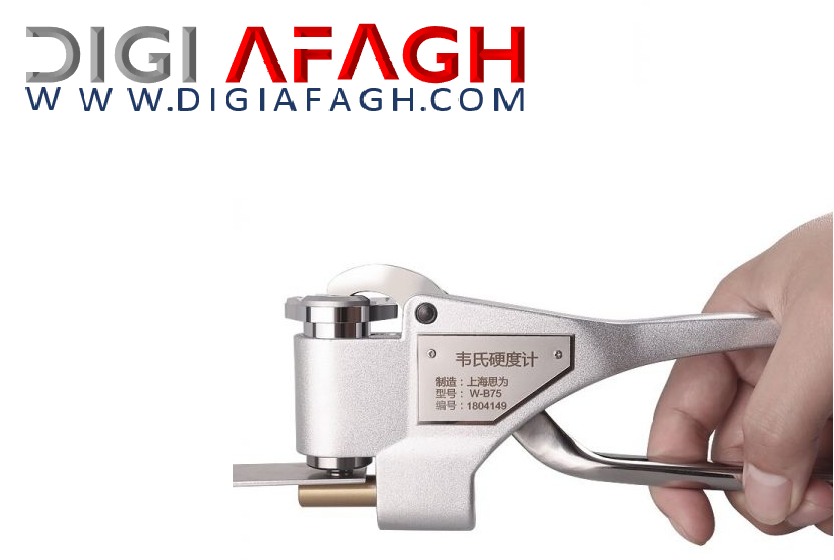
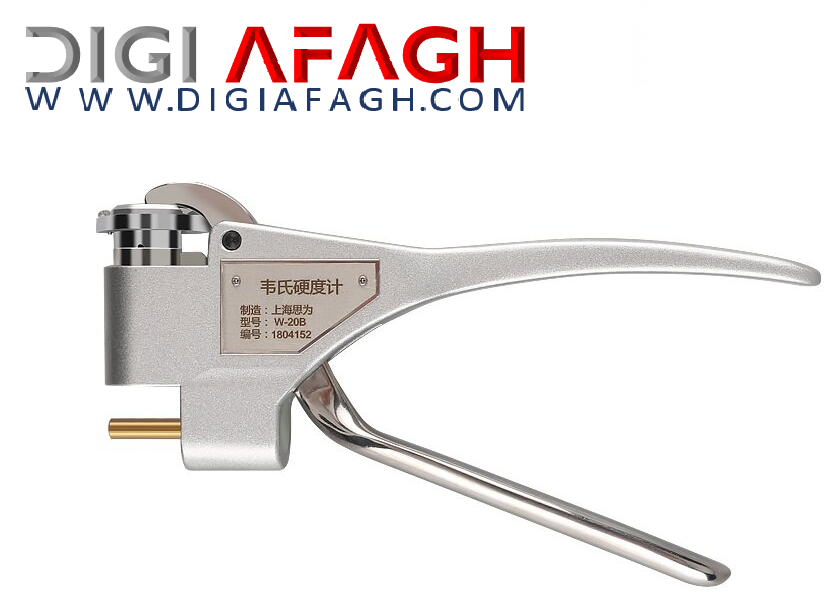
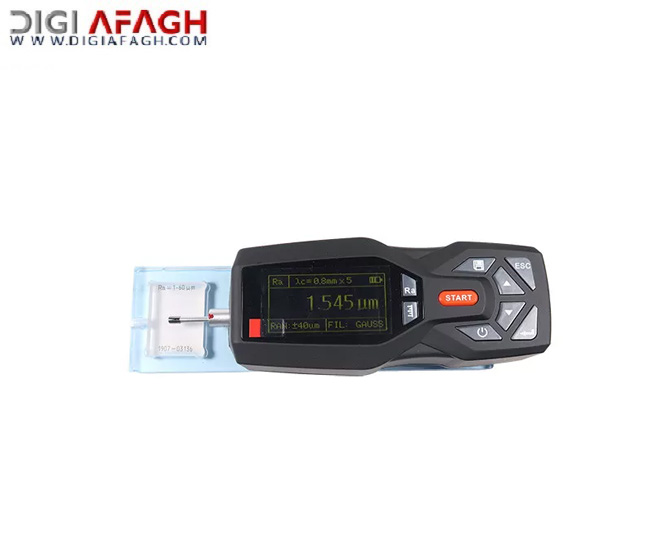
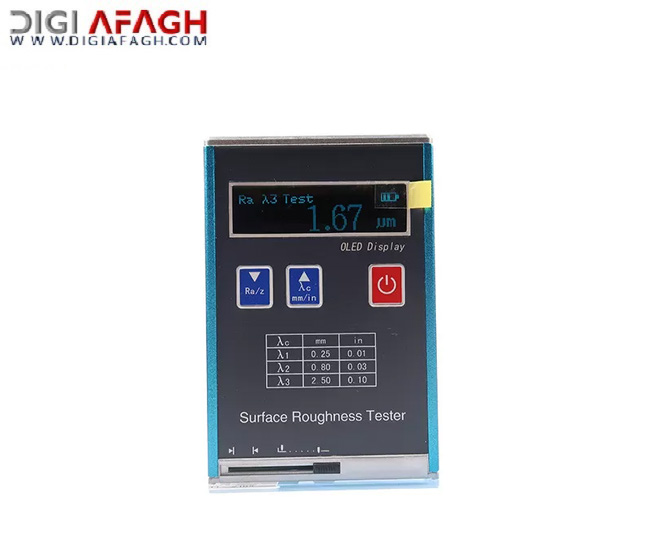
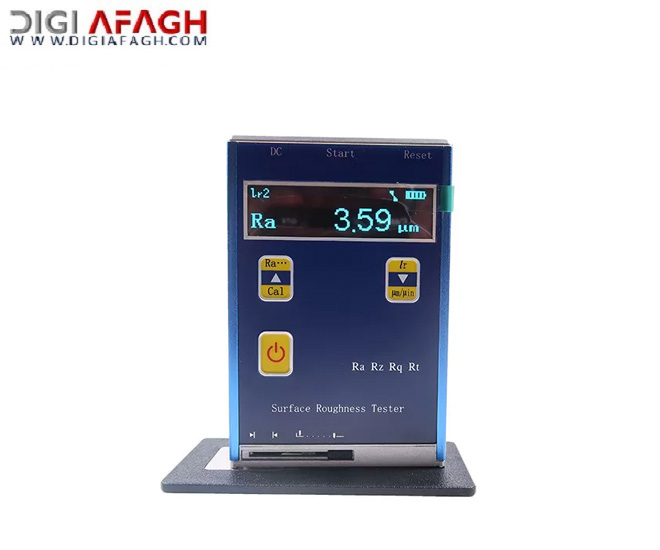
دیدگاه خود را در مورد این کالا وارد نمایید.